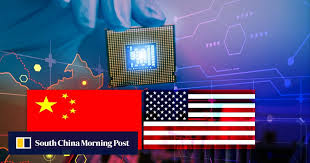
US semiconductor embargo: The China Entity List is full of loopholes
– SMIC (CEO Liang Mengsong) leads China’s self-development
– China to realize high-performance GPU with cutting-edge HBM
Summary from Money Post WEB article.
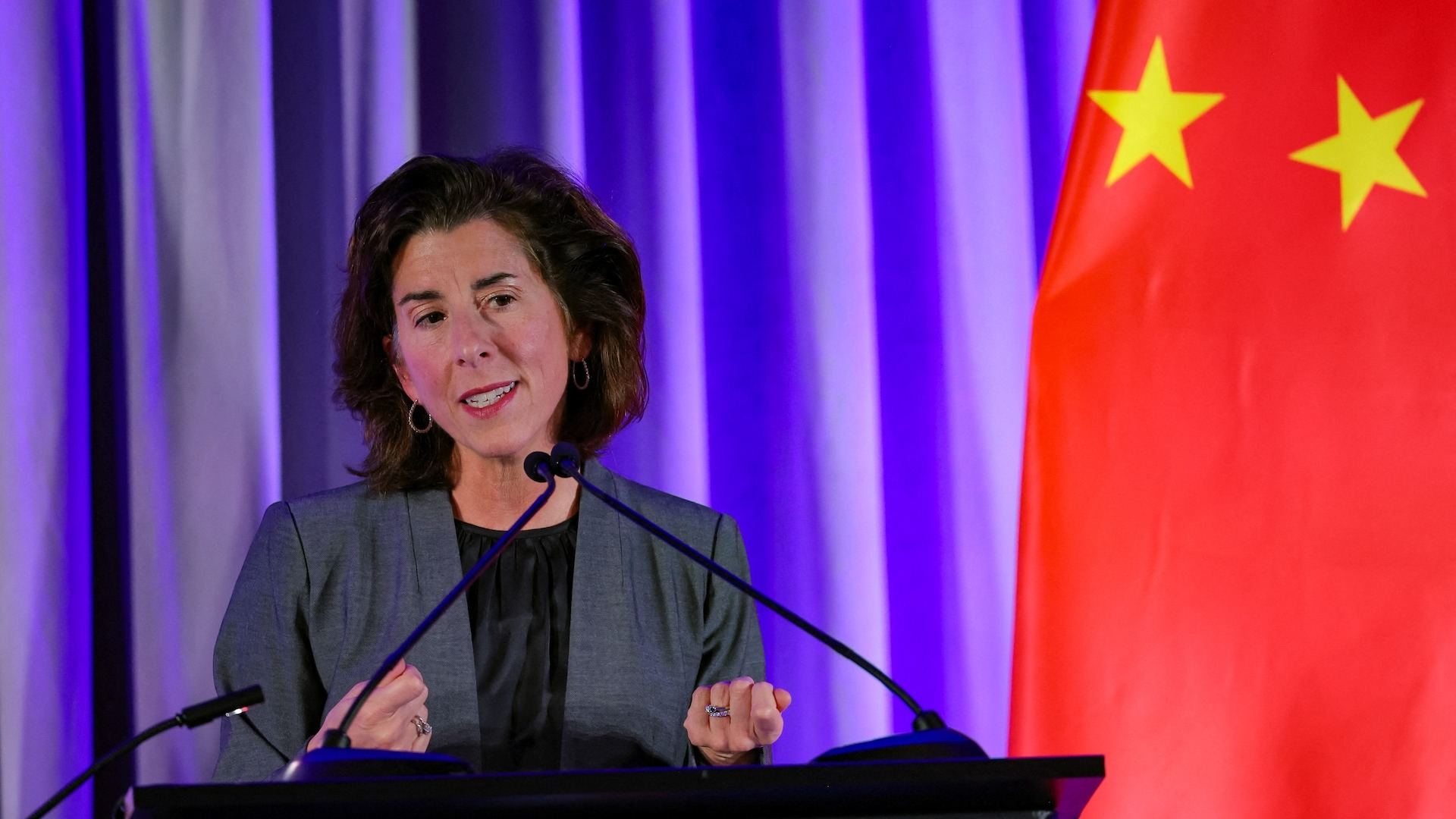
US Department of Commerce export control measures:
On December 2nd, the US Department of Commerce announced semiconductor export control measures for China.
140 Chinese companies, including semiconductor manufacturing equipment, memory, and design manufacturers, were added to the Entity List.
In October 2022, exports of cutting-edge semiconductors and their manufacturing equipment to China were banned.
Subsequently, Japan and the Netherlands were asked to join the US embargo.
Chinese companies are subject to US sanctions in detail across the entire semiconductor market.

The impact of the Entity List is minor:
1. Semiconductor manufacturing equipment manufacturer: Beifang Huachuang Technology
Etching manufacturer Beifang Huachuang Technology said, “There will be no practical impact from the Entity List designation.”
2. Semiconductor IC circuit design company: Hua Da Jiutian
The impact of the Entity List is minor and fully controllable by our company.
China is accelerating the domestic production of EDA (Electric Design Automation) tools.

In April 2018, it announced measures to ban the export of US manufacturing technology to ZTE.
In May 2019, Huawei Technologies was also subject to the ban.
After that, surveillance camera manufacturers and military-related companies were added to the Entity List.
Crisis management capabilities of the Chinese semiconductor industry:
1. Restrictions on China began more than six years ago, and Chinese companies have had a strong sense of crisis since then.
2. Semiconductor manufacturers have repeatedly invested in early equipment upgrades in preparation for a crisis.
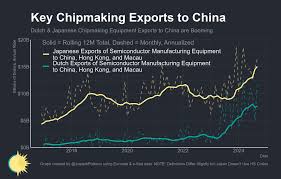
What are the most severe sanctions for China?
The most severe sanctions for China are not US entity restrictions.
1. The most severe sanctions for China are the “Japanese and European export restrictions on cutting-edge semiconductor equipment to China.”
2. It will also be tough if they are no longer able to purchase HBM (High Bandwidth Memory) from TSMC.
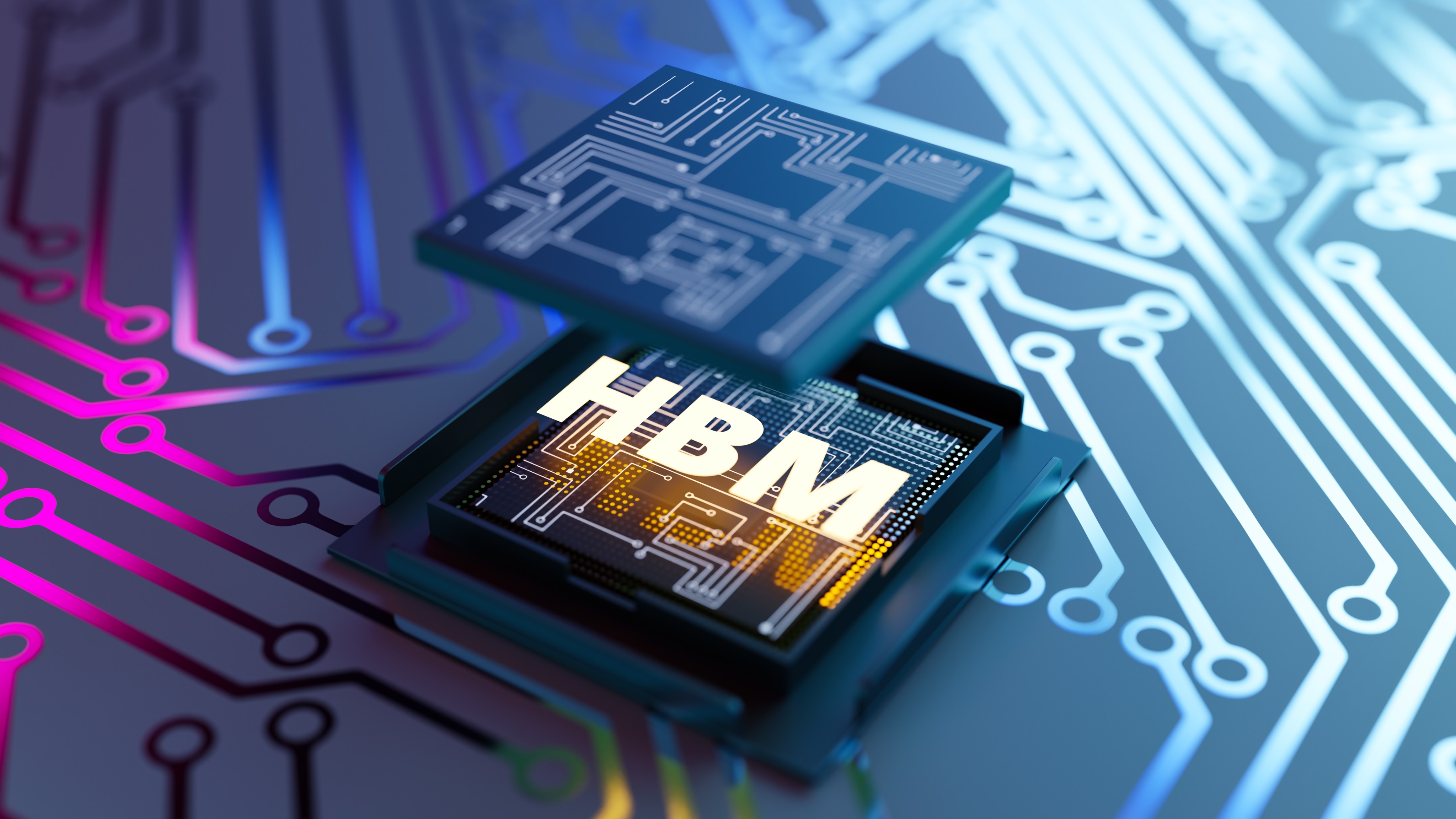
High-performance GPUs require cutting-edge HBM:
AI performance is greatly affected by the level of deep learning.
To perform deep learning at high speed and in large quantities, a high-performance GPU is used.
1. Cutting-edge HBM is necessary to manufacture high-performance GPUs.
2. The performance gap in HBM also makes a big difference in AI performance.
3. Strengthen China’s semiconductors, with SMIC at the center.
4. Achieve the latest technology in semiconductor structure and new materials through national strategy.
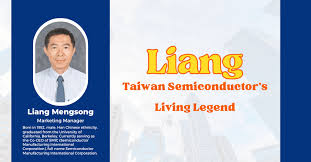
CEO Liang Mengsong is the key man:
Looking at SMIC’s December annual report, Zhao Haiyan and Taiwanese-born Liang Mengsong are the two CEOs.
However, CEO Liang Mengsong is in charge of memory and logic semiconductors.
CEO Liang Mengsong’s background:
Received a PhD from the Department of Computer Science at the University of California.
1. After working as an engineer at AMD, he returned to Taiwan in 1992 and joined TSMC.
2. He is a person who achieved great results in the development of high-density wiring technology.
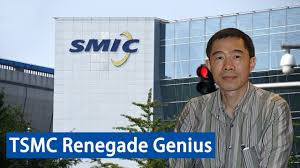
Samsung Electronics’ achievements in mass production of 14 nm:
However, Liang Mengsong was treated coldly by TSMC and left the company in 2006.
He joined Samsung Electronics as a chief engineer in the semiconductor chip division with his research team.
1. Succeeded in mass production of 14 nm semiconductors six months earlier than TSMC.
2. Received large orders from Apple, Qualcomm, and others.
After that, in October 2017, SMIC headhunted Liang Mengsong for CEO treatment.
There is a possibility that SMIC’s technological level will surpass TSMC’s in the future.
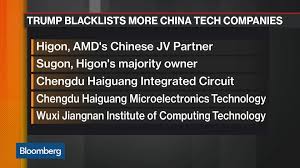
Effects of the US’s semiconductor restrictions on China:
The US has taken more than six years to implement tough measures against Chinese semiconductors.
1. However, the entity restrictions have not caused significant damage to Chinese companies.
2. Rather, “China’s adversity leads to Chinese innovation.”
China is the world’s largest consumer of both semiconductor manufacturing equipment and semiconductors.
The U.S. policy of containment toward China is not only ineffective, it could be counterproductive.
https://news.yahoo.co.jp/articles/eb92f3635257ef87c5271787c3fcef2e71a21876?page=2